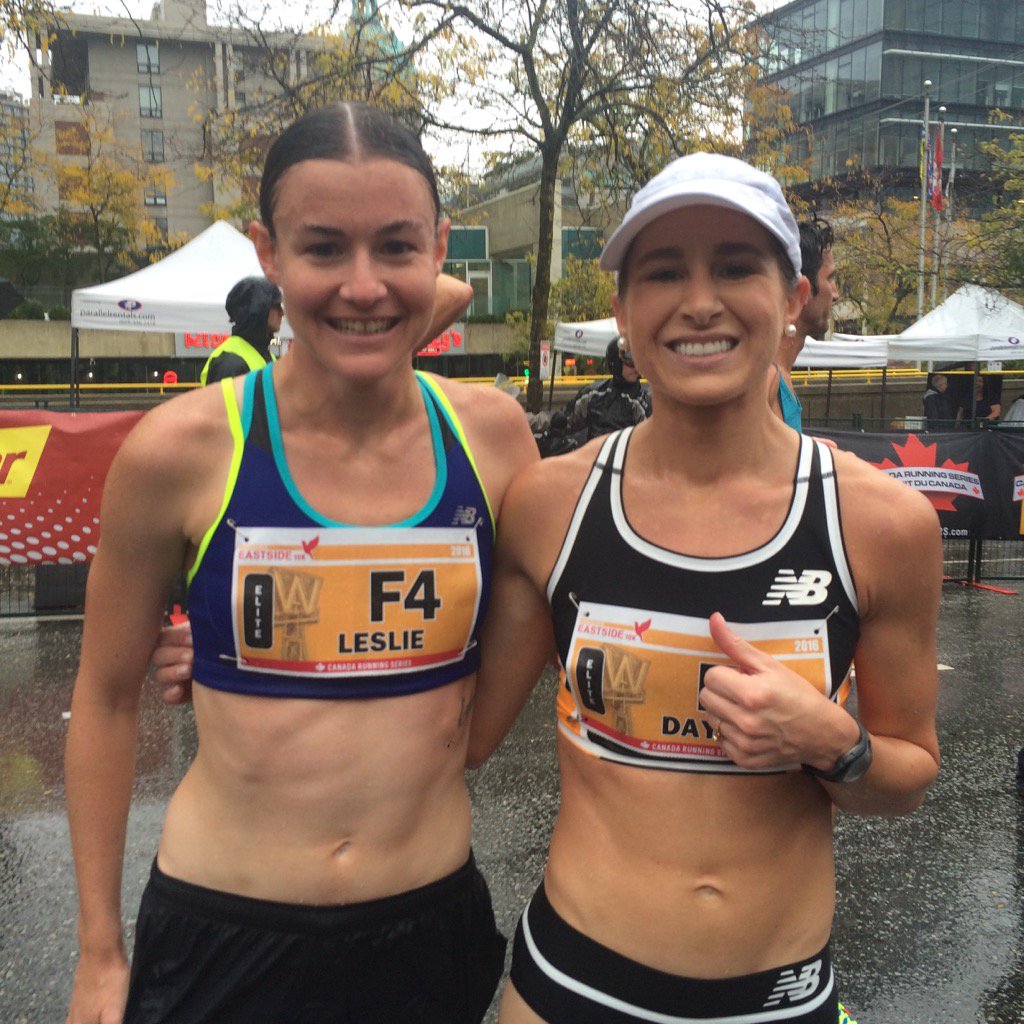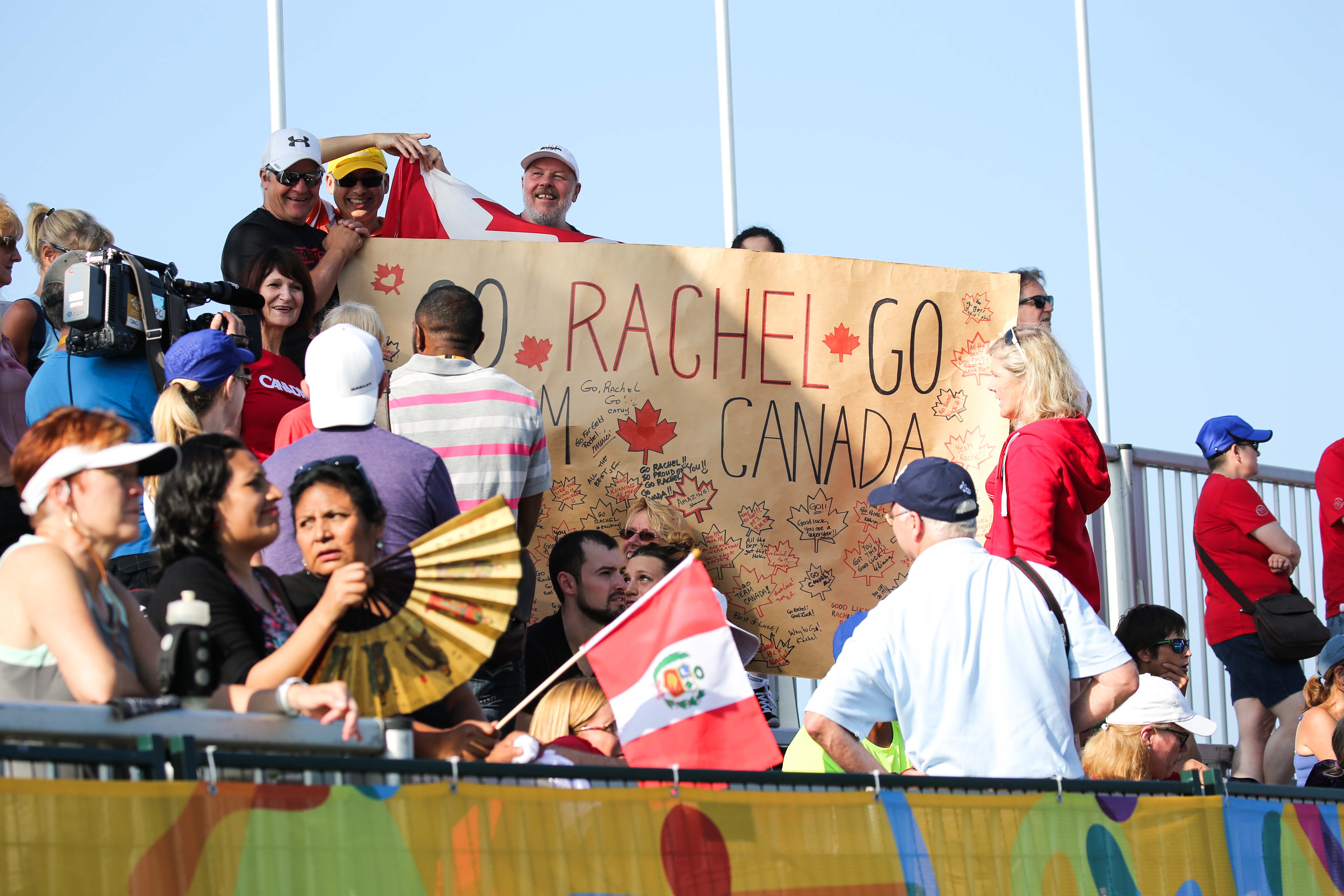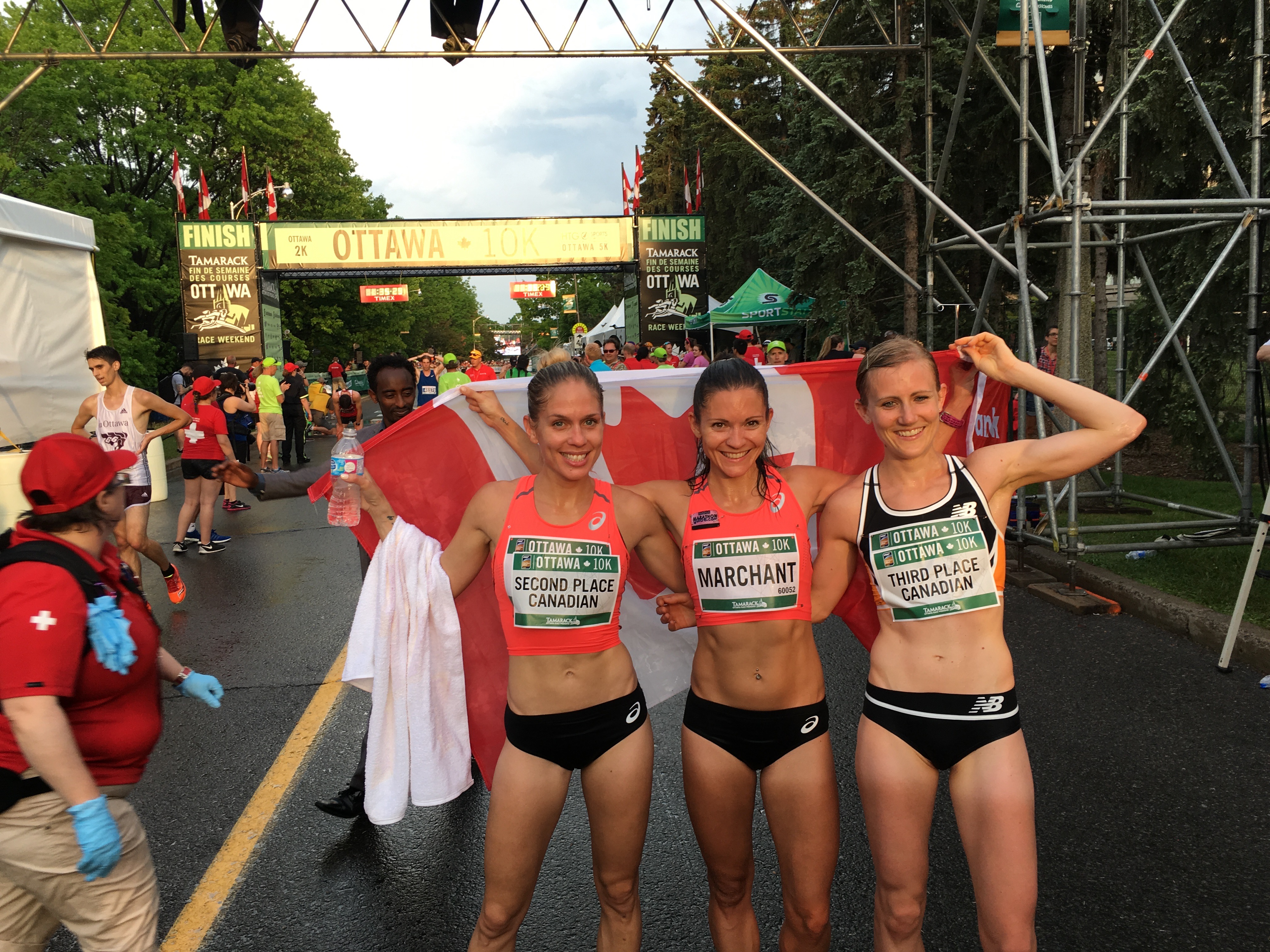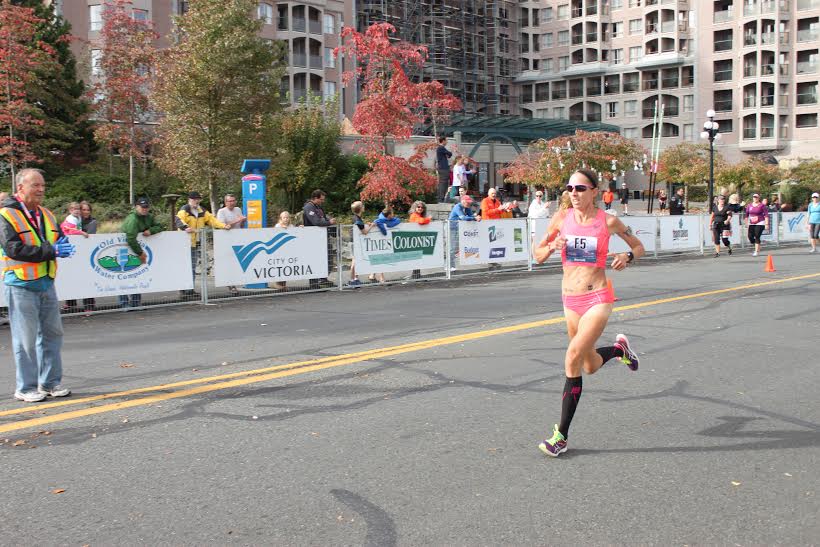The Scotiabank Toronto Waterfront Marathon will be one of the most competitive Canadian women’s fields ever. But many of the runners here are feeling frustrated with what they perceive as a slight by the organization that is meant to help them develop.
On Wednesday, just four days before the Canadian marathon championship in Toronto, Athletics Canada, the country’s governing body for track and field and road running, announced its qualification standards to make Team Canada at next year’s IAAF World Championships in London. The times are very tough. The men’s automatic qualifying time for Canadians is over 6:00 faster than the standard that the championship itself has outlined for countries. The women’s automatic qualifier is a jaw-dropping 15:10 harder.
RELATED: Athletics Canada sets tough standards for 2017 World Championships
This announcement was met with skepticism, frustration and outrage by a group of up-and-coming runners gearing up to take a step closer to being world class at the Toronto Waterfront Marathon. And some feel that this decision will have a lasting impact on the future of distance running in Canada.

Leslie Sexton didn’t mince words on how she feels about the standards.
“I’ve been really disappointed with the process and what the numbers are,” she said in a one-on-one interview on Friday morning at the race’s press conference.
“The fact that we only found out the standards four days before the Canadian championship, when the IAAF related their standards for seven months now, just shows how much Athletics Canada cares about the marathon. It feels like we’re an afterthought.”
Sexton, who made a huge jump in time here last year–going from a 2:39 to 2:33 PB–feels that the timing lacked tact and consideration for the blossoming group talented female distance runners at the race. She pointed out that the Waterfront race director Alan Brookes wanted to set up this race specifically as a qualifier for Worlds to give much needed attention to the athletes running. “The fact that we only found out the standards four days before the Canadian championship, when the IAAF related their standards for seven months now, just shows how much Athletics Canada cares about the marathon. It feels like we’re an afterthought.”
“I was expecting it to be around the 2:35 range. So to jump to basically Olympic standard was not what I was expecting.”
Another unheralded distance runner that had a big breakthrough in the last year, Erin Burrett of Nanaimo, B.C., voiced her frustration with the huge change from the 2015 Beijing World Championship standards. “I’m disappointed that they made such a jump from the standards two years ago. I was expecting it to be around the 2:35 range. So to jump to basically Olympic standard was not what I was expecting.” Burrett was eying 2:35 on Sunday before the announcement, which, if she were able to dip under that number by one second would have put her on a World Championships team from previous years.

“All we can do is rise to the challenge and chase it. I’m still going to go for a personal best so I don’t think it really changes too much for me.”
The marathoner with the fastest women’s time in the country so far this year isn’t letting this announcement rattle her. “It is what it is,” says Rachel Hannah, who ran 2:33 at the beginning of 2016 and hopes to meet the World Championships standard without obsessing over the number. “All we can do is rise to the challenge and chase it. I’m still going to go for a personal best so I don’t think it really changes too much for me.”
“We have a great group of talented women who are working their asses off at the marathon in Canada and I think that if they’re given the opportunity they can really rise to the occasion.”
But others like Sexton are concerned about the long term plan (or lack of one) for distance running in Canada. She says that having standards that only consider top 10 or 12 talent doesn’t move the sport forward. “We’re at the start of another Olympic cycle,” Sexton pointed out. “Next year is when people could really benefit from competing at Worlds, getting that experience and taking that forward going into 2020. We have a great group of talented women who are working their asses off at the marathon in Canada and I think that if they’re given the opportunity they can really rise to the occasion.” But she says that they need support along the way. “With these standards, as we’ve heard, if you’re not in shape to be top 12 in the world or win a medal then they don’t want to take you.”
“It’s hard to plan when you don’t know what the standards are.”
Even with a second tier standard, where Athletics Canada reserves the right to consider an athlete who’s run 2:14:10 as a male, or 2:31:20 as a female, it’s still no guarantee they’ll be selected for the team. Sexton points out that Athletics Canada opted to leave a distance runner off the Rio team when they were allowed discretion over choosing a 5,000m runner or leaving her at home. “Seeing what happened to Rachel Cliff and what happened with her appeal to get to the Olympics, I expect someone who’s barely under the standard would probably run into the same situation,” Sexton said. Burrett makes a good point about the uncertainty that now looms over her performances. “I thought it was going to be one standard,” she said. “It’s hard to plan when you don’t know what the standards are.”
The impression Athletics Canada is giving Sexton and others is that it is not motivated to develop distance running talent in this country. “It seems to me that there’s an attitude of “we can’t compete with East Africa, so why bother,”’ she said. “That’s such a defeatist attitude and I don’t think it’s right or fair to the athletes who are doing all the work.”

Sexton did give Athletics Canada credit for having fully funded cross-country and world junior teams. “That’s an example of providing talented juniors international opportunities,” she said. “But once you get over the age of 19 many of those opportunities start to dry up. We’re missing a middle ground, where we’re developing the next generation of high performance athletes.”
“We need to acknowledge that there are differences in these events, at which age you peak, and how development works.”
Distance runners and marathoners in particular have argued that there needs to be long term commitment and development to become good.” You might not peak until your 30s,” Sexton pointed out. She would know, as she only saw a major breakthrough in the last year, as she nears 30. “We need to acknowledge that there are differences in these events, at which age you peak, and how development works. We need to address that in how we develop and support athletes in this country.”
Sexton feels that we’re losing a lot of potential talent in running at a young age to other sports. “I think if more people, especially women, were staying in the sport we’d see a deeper pool of talent over the longer distances.” She points out that the road racing scene has stepped in and done a great job. “We have an advantage that we can make some money on the roads, while we sustain ourselves at a sub-elite level working a part-time job.”
But Sexton and others feel that training without help or a long term plan from Athletics Canada will mean that we soon won’t see the maple leaf in world championship races.
 “It’s hard to plan when you don’t know what the standards are.”
“It’s hard to plan when you don’t know what the standards are.”